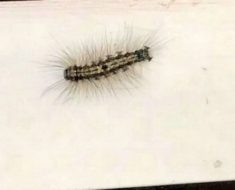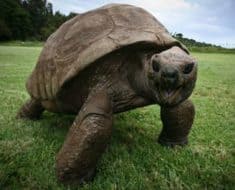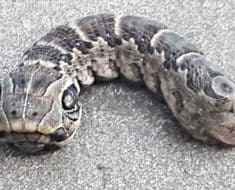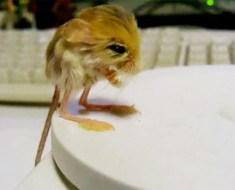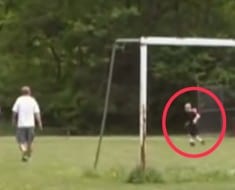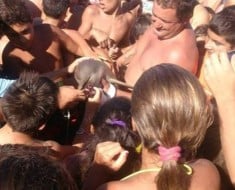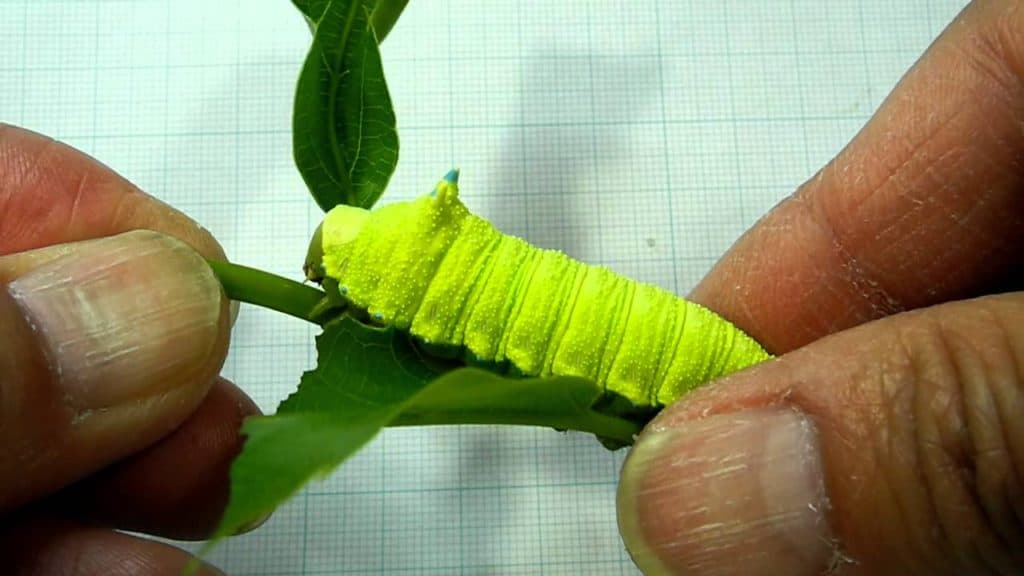
Meet the Walnut Sphinx Caterpillar. This little guy has a pretty cool defense mechanism that keeps him safe in nature.
By mimicking the cries of small birds, squirrels and mice, this little guy is able to ward of larger predators – according to the University of Montana’s wildlife biology major Jessica Lindsay.
This is what Jessica had to say about the caterpillar’s defense mechanism. It’s quite interesting.
Caterpillar species possess a range of anti-predator defenses, from regurgitation to sonar jamming. The North American walnut sphinx caterpillar (Amorpha juglandis) produces a variety of whistling noises when pinched. Limited observations indicate that this causes avian predators to retreat, leaving the caterpillar alone. However, it is unknown why this whistle is such an effective deterrent.
Interestingly, the A. juglandiswhistle is acoustically similar to the “seet” alarm call that many bird species produce in response to their own predators. We propose that the A. juglandis whistle is a form of acoustic mimicry, in which the caterpillar protects itself by mimicking bird alarm calls.
We tested this hypothesis by playing recordings of A. juglandis whistles, chickadee seet calls, and a control sound to flocks of small songbirds and comparing the birds’ responses to the different stimuli. Birds tended to freeze or dive for cover in response to the seet call and two types of caterpillar whistles. Our results suggest that these caterpillar whistles may protect caterpillars by mimicking the alarm calls of their avian predators.










